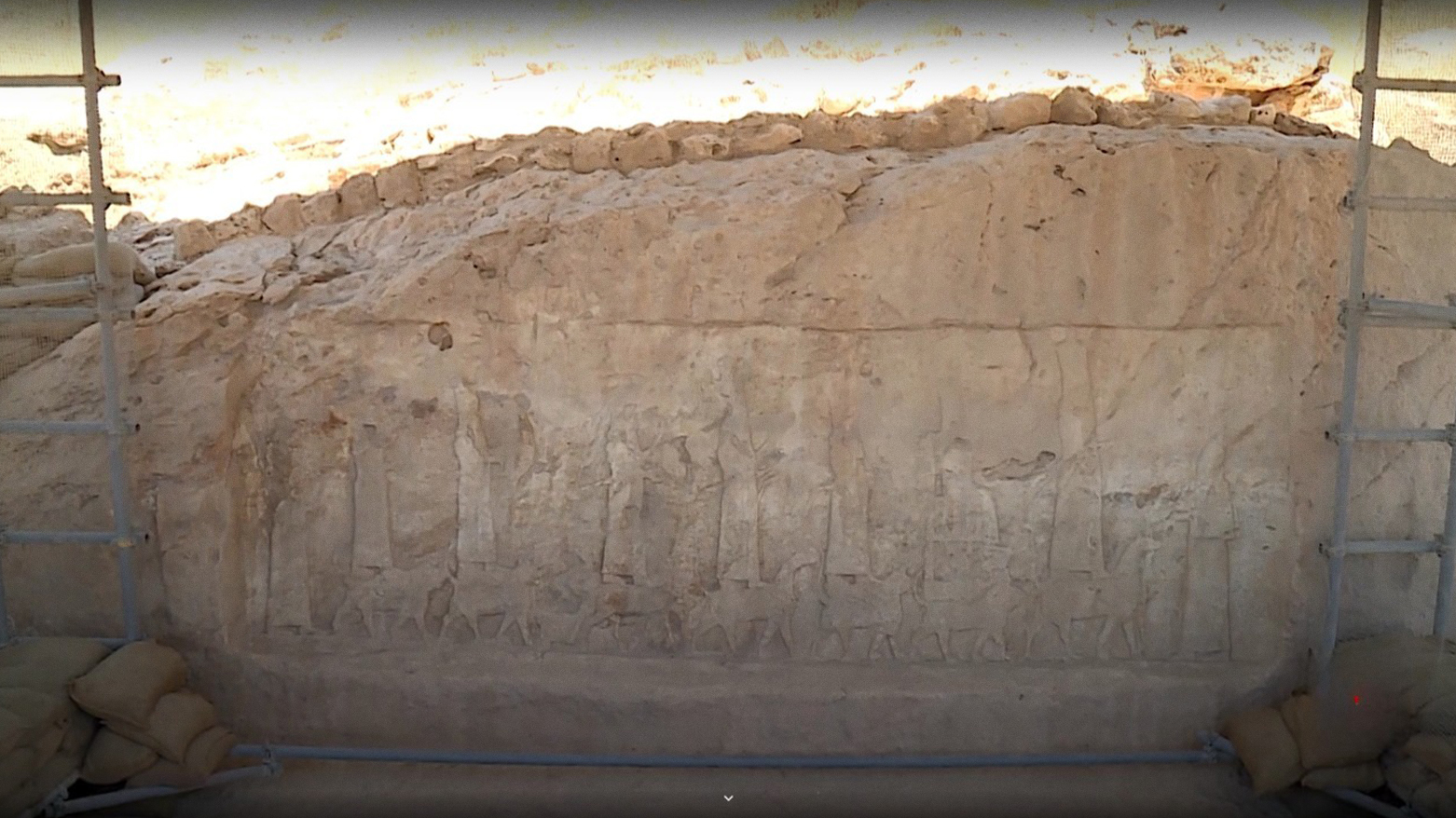Duhok’s 2,700 Archaeological Sites to Boost Tourism as KRG Leads Restoration Efforts
The KRG is working to restore over 2,700 archaeological sites in Duhok, including the largest heritage park in Amedi. Officials aim to turn the province into a cultural tourism hub, linking Assyrian-era legacies with global academic and economic opportunities.

By Kamaran Aziz
ERBIL (Kurdistan 24) — The Kurdistan Regional Government (KRG) has intensified efforts to preserve and promote over 2,700 archaeological and heritage sites across Duhok province, aiming to turn the region into a major cultural tourism hub, local officials told Kurdistan24.
Among the crown jewels of Duhok’s heritage is the “Faidiya Park” in Amedi district—the largest archaeological park in both the Kurdistan Region and Iraq. Spanning more than 102 hectares, the park features a series of remarkable historical elements, including 13 distinct wall engravings and a 10-kilometer-long water canal.
“The history of Faidiya Park dates back to the Neo-Assyrian period, but it’s not fully clear which Assyrian king it belongs to,” archaeologist Kovan Ihsan explained. “There are two types of engravings on the site—some are older, while others appear newer and may date back to the time of King Sennacherib.”
Duhok province has seen a significant archaeological resurgence since 2003, following increased support and direct involvement from the KRG. This support has enabled foreign institutions and scholars to conduct discovery, documentation, restoration, and preservation activities across the region.
Dr. Bekas Brifkani, Director of Archaeological Sites in Duhok province, emphasized the strategic vision behind these efforts:
“In recent years, we’ve continued working on restoring and rehabilitating the archaeological sites across the province. This will help attract even more tourists to these areas.”
The archaeological legacy in Duhok spans multiple eras. Some findings date back to the Parthian period and offer unique insights into the urban life and daily activities of local populations during that time.
According to official statistics, 64 archaeological sites in Duhok province have been restored over the past five years. Notably, over 90% of these projects were executed by the KRG, with the remaining 10% supported by international actors, including foreign consulates, universities, and NGOs focused on cultural heritage preservation.
This expanding heritage initiative is part of a broader KRG strategy to stimulate sustainable tourism and reinforce the Kurdistan Region’s historical significance on the global cultural map. Authorities believe that showcasing such rich history can bring economic benefits, enhance cultural diplomacy, and foster deeper global academic collaboration.
With continued investment and international partnership, Duhok’s ancient past is being preserved not only for the people of Kurdistan but for the world to rediscover and explore.
Kurdistan24's correspondent Bewar Hilmi contributed to this report.
